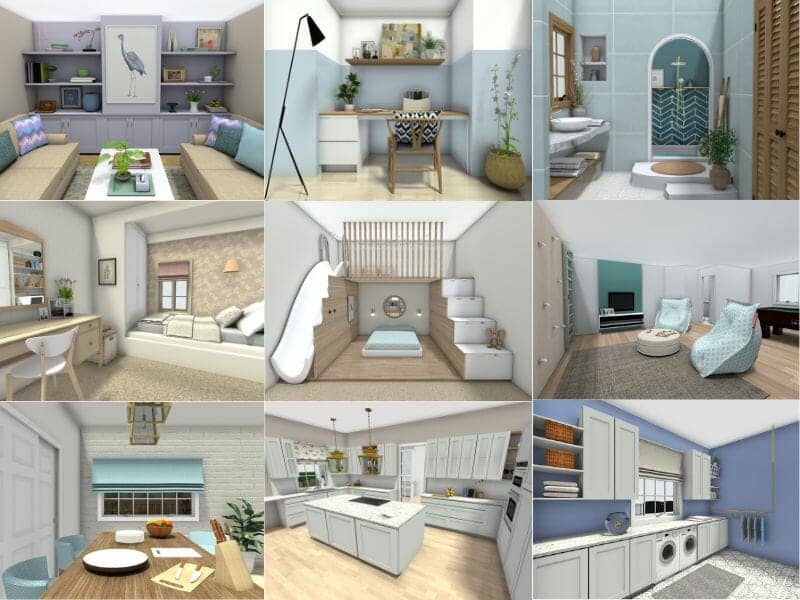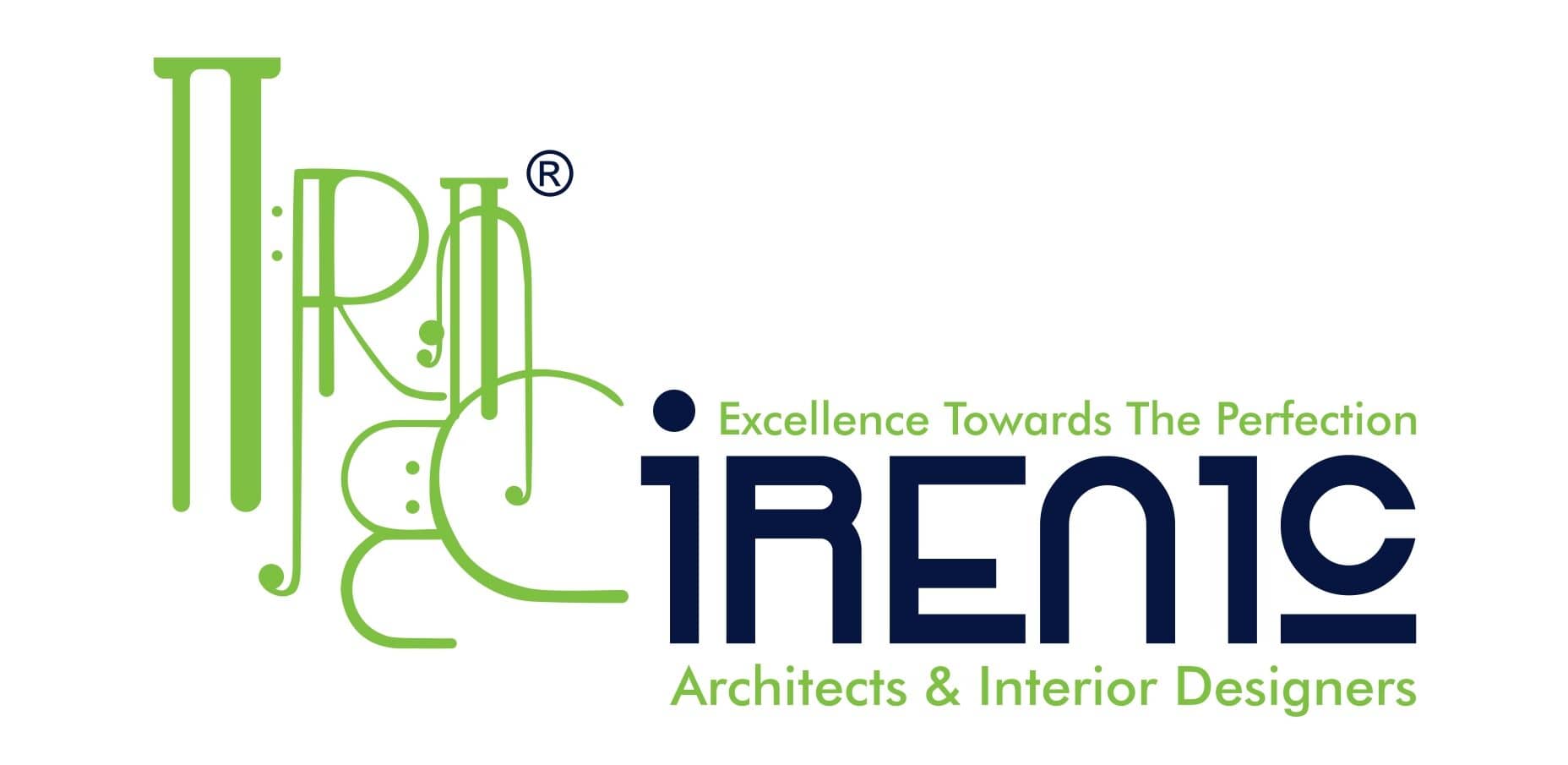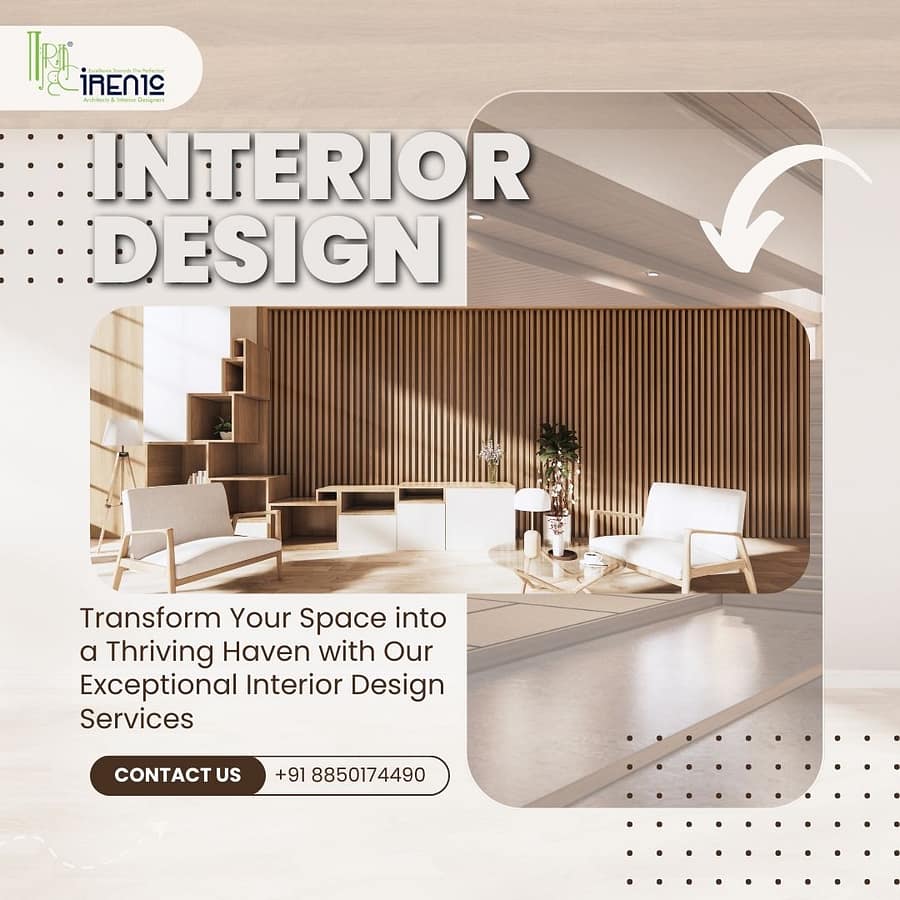Crafting a detailed Interior Design Quotation for a Bungalow requires precision and understanding. Learn how to create a comprehensive and transparent quotation that meets the varied functionalities and expectations of a bungalow project.
Creating a quotation for an interior design project, especially for a bungalow with its multiple rooms and varied functionalities, demands thoroughness and clarity. Here’s a step-by-step guide on how to draft a detailed interior design quotation tailored specifically for a bungalow project.
Here are some tips How to Make an Interior Design Quotation for a Bungalow.
Steps to Create an Interior Design Quotation for a Bungalow

Step 1: Initial Consultation and Needs Assessment
- What to do: Arrange a meeting with your client to understand their vision, preferences, and functional requirements for each area of the bungalow.
- Why it matters: This step ensures that your quotation will be tailored to the client’s specific needs and expectations, avoiding future misunderstandings.
Step 2: Site Evaluation
- What to do: Visit the bungalow to assess the space, take measurements, and note any potential challenges or focal points.
- Why it matters: Accurate measurements and understanding of the space are essential for providing a realistic quote and design plan.
Step 3: Design Concept Development
- What to do: Based on the client’s needs and your site evaluation, develop a preliminary design concept. This includes mood boards, color schemes, and preliminary layouts.
- Why it matters: Presenting a concept helps the client visualize the end result and sets the stage for detailed cost estimation.
Step 4: Itemized Cost Estimation
- What to do: Break down the costs involved in the project. This should include:
- Design fees: Specify if you charge by the hour or a flat rate.
- Materials and products: Provide detailed costs for furniture, fixtures, finishes, etc.
- Labor: Include costs for craftsmen, painters, electricians, etc.
- Miscellaneous expenses: Account for transportation, procurement, and any unforeseen expenses.
- Why it matters: An itemized list provides transparency, helping the client understand where their money will be going and justifying the overall budget.
Step 5: Timeline and Payment Terms
- What to do: Outline the project timeline, including major milestones and the expected completion date. Clearly state your payment terms, specifying down payments, progress payments, and final payments.
- Why it matters: Setting clear expectations for project duration and payment schedules helps manage the client’s expectations and improves cash flow management.
Step 6: Terms and Conditions
- What to do: Include terms and conditions to cover liabilities, warranty of work, cancellation policy, and any other legal aspects.
- Why it matters: Protects both you and your client in case of disputes or changes in project scope.
Step 7: Final Review and Presentation
- What to do: Review the quotation to ensure all elements are correct and present it to the client in a professional format.
- Why it matters: A well-prepared and professionally presented quotation enhances your credibility and increases the likelihood of the project moving forward.

- Eco-Friendly Interior Design: Tips for a Sustainable Home
- Explore how to incorporate green materials, energy-efficient designs, and sustainable practices into home interiors.
- Maximizing Small Spaces: Innovative Interior Design Ideas
- Provide practical tips and tricks for making the most of limited space through smart furniture choices, storage solutions, and layout planning.
- The Impact of Color Psychology in Interior Design
- Discuss how different colors can influence mood and behavior, and how to use color psychology to create the desired atmosphere in a home.
- Latest Trends in Office Interior Design for Productivity
- Cover the latest trends in office design that promote productivity, creativity, and well-being among employees.
- Traditional vs. Modern Interior Design: Which Suits You Best?
- Compare the characteristics of traditional and modern design styles, helping readers choose which best fits their personality and lifestyle.
- The Essentials of Row House Architecture
- Detail the unique aspects of designing a row house, including common challenges and effective solutions for layout and space optimization.
- Luxury on a Budget: Creating Opulent Spaces Without Breaking the Bank
- Offer tips on achieving a luxurious look through affordable alternatives to high-end materials and decor.
- Renovation Tips: How to Preserve Character While Modernizing Your Home
- Provide guidance on how to update an older home with modern amenities while retaining its historical charm and character.
- How to Choose the Right Interior Designer for Your Commercial Space
- Give advice on what to look for in a designer for commercial projects, including their experience with similar spaces, understanding of branding, and creative vision.
- The Role of Lighting in Interior Design and How to Get It Right
- Discuss different types of lighting and their roles in creating ambiance, enhancing functionality, and transforming spaces.
- Understand the Client’s Needs: Start by thoroughly understanding the client’s requirements, preferences, and expectations. Schedule a meeting or consultation to discuss their vision for each room and any specific design elements they desire.
- Assess the Scope of Work: Survey the bungalow to assess the scope of work involved. Take note of the number of rooms, their sizes, existing fixtures, and any renovation or customization requirements.
- Itemize Services: Break down the interior design services you’ll provide for each room. This may include space planning, furniture selection, color palette development, lighting design, and accessorizing.
- Specify Materials and Products: List the materials, finishes, and products that will be used in the project. Specify the quality, brand, and quantity of each item to provide transparency and avoid misunderstandings later on.
- Calculate Costs: Estimate the costs associated with each aspect of the project, including design fees, materials, furnishings, labor, and any additional services such as project management or procurement.
- Factor in Contingencies: Anticipate unforeseen circumstances or additional expenses that may arise during the project and include contingencies in your quotation to account for these potential costs.
- Outline Payment Terms: Clearly outline the payment terms, including deposit requirements, milestone payments, and the final payment schedule. Specify the accepted payment methods and any applicable taxes or fees.
- Provide a Timeline: Detail the expected timeline for the project, including key milestones and completion dates for each phase of the design process. Be realistic about the timeframe and factor in any external dependencies that may impact the schedule.
- Include Terms and Conditions: Incorporate terms and conditions that govern the contractual agreement between you and the client. Cover aspects such as project scope, revisions, liabilities, and termination clauses to protect both parties’ interests.
- Present the Quotation Professionally: Compile all the details into a professional-looking document that is easy to read and understand. Use clear language, organized formatting, and professional branding to convey professionalism and credibility.

- Integrating Smart Home Technology into Luxury Interiors
- Discuss the seamless integration of cutting-edge technology in high-end interior designs, focusing on how to enhance convenience without compromising style.
- Guide to Selecting High-End Materials for Your Home
- Provide insights into choosing top-tier materials like marble, hardwood, and bespoke textiles for different parts of the home, from kitchens to living areas.
- The Art of Bespoke Furniture: Tailoring Your Space with Custom Pieces
- Explore the benefits of custom furniture design, including personalization and the ability to fit unique spaces perfectly.
- Creating a Gallery Wall: Tips for Showcasing Art in Your Home
- Offer advice on selecting, arranging, and hanging art to create an impactful gallery wall that enhances the overall aesthetic of a room.
- Designing the Perfect Home Bar: Ideas and Inspirations
- Discuss the key elements of designing a home bar, from layout and fixtures to the best lighting and seating options for an inviting atmosphere.
- Transforming Outdoor Spaces into Luxurious Extensions of Your Home
- Provide design ideas for upgrading patios, gardens, and other outdoor areas to create luxurious, functional spaces for relaxation and entertainment.
- The Psychology Behind Comfortable Interior Design
- Delve into how different elements of design, such as color, lighting, and furniture placement, affect comfort levels and how to optimize these for a soothing home environment.
- Timeless Design: Creating Interiors That Last
- Discuss strategies for creating interiors that are timeless, focusing on styles, colors, and materials that won’t look outdated as trends change.
- Navigating High-End Antique Markets: Finding Treasures for Your Interior
- Share tips for sourcing and selecting authentic antique pieces for interior design projects, including how to verify authenticity and integrate these items into modern decor.
- Mastering the Monochromatic Look: A Step-by-Step Guide
- Explain how to effectively design a room using a monochromatic palette, achieving depth and interest through texture and shades.
Each of these topics can help draw readers who are passionate about upgrading their living spaces with sophisticated and elegant interior design ideas.



